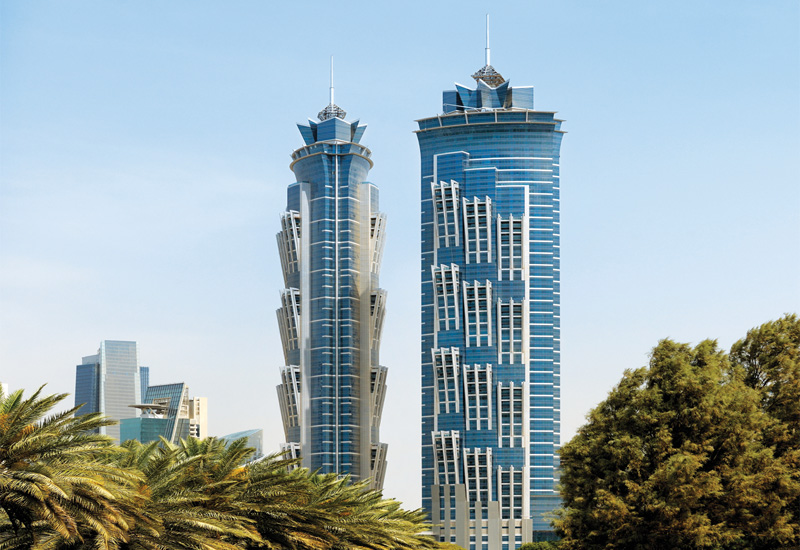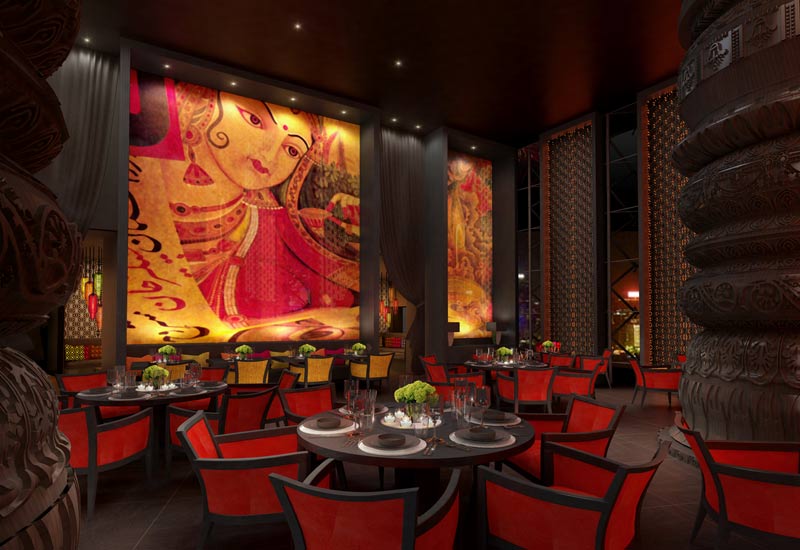 The two towers of JW Marriott Marquis Dubai, which is owned by Emirates Airline and due to open in November.
The two towers of JW Marriott Marquis Dubai, which is owned by Emirates Airline and due to open in November.
Vice president and global brand manager for JW Marriott Mitzi Gaskins explains Marriott International’s mid-level luxury brand’s three-year growth plan and reveals its new brand partners
Created in tribute to Marriott Corporation, now Marriott International, founded by J.Willard Marriott in 1927, the JW Marriott luxury hotel brand is, surprisingly, relatively young. The first hotel opened in 1984 in Washington DC, with overseas launches not until 1989 in Hong Kong,
Asia, with European and Middle Eastern debuts following in 1993, in Bucharest and Dubai respectively. Still, the brand, which counts the likes of Fairmont, Park Hyatt, Shangri-La and Conrad as its closest rivals, has now grown to 55 hotels in 23 countries.

| Advertisement |
Led by vice president and global brand manager Mitzi Gaskins, the chain is entering its largest growth phase to date, with the portfolio set to grow by almost half within just three years.
By 2015, the brand expects to encompass 79 properties in 28 countries — that’s 24 new additions, with arguably one of the most significant planned for Dubai.
The JW Marriott Marquis Dubai — only the second property to receive the Marquis tag due to the sheer scale and style of the 1608-room hotel — which Gaskins describes as the “halo hotel not just for the brand but for the company" — has been the subject of scrutiny among Dubai hoteliers for the entire year.
With the opening of the first phase, 804 rooms, scheduled for November, the hype is set to reach tipping point, hence Gaskins, previously a corporate finance and business analyst for sister brand Ritz-Carlton, making a visit to Dubai.
With around 1000 employees being recruited by the hotel, the trip was largely focused around making staff aware of the core JW Marriott brand values, says Gaskins.
“We really see ourselves competing in this mid-level luxury space. We have a brand Ritz-Carlton that competes in the very high-end luxury space so this is really filling that need in between what we call iconic luxury and more of our quality tier brands such as Marriott and Renaissance,” explains Gaskins.
“It’s not overly pretentious, still very high-end luxury, but in a way that doesn’t make [guests] feel uncomfortable, so comfortable with themselves and where they are. We call that intuitive service, we’re doing a lot of training around that, which is why we’re here this week.”
Gaskins acknowledges that when it comes to service, there’s differing “levels of quality in different areas and [different] expectations”, depending on geographic location.
“In the Middle East, [we] see a higher-end product than in places in the US and Europe,” she says. “We have brand signatures... but you might have different levels of quality of finish based on where you are.”
On the distinction between a JW Marriott and a JW Marriott Marquis, she adds: “We reserve our Marquis designation for our most special hotels — it’s a brand extension. You would have the same service as you would have in any JW but the products and the amenities that you are going to find are much higher”.
Article continues on next page ...









 Search our database of more than 2,700 industry companies
Search our database of more than 2,700 industry companies









